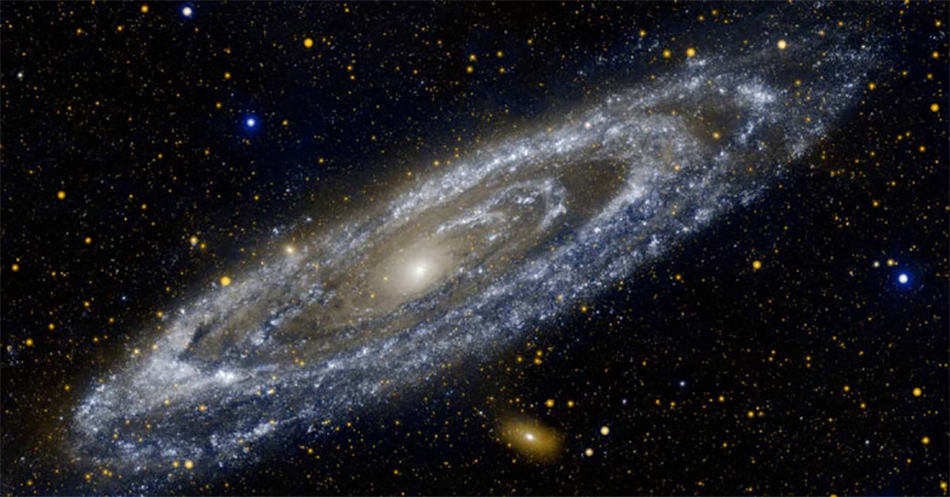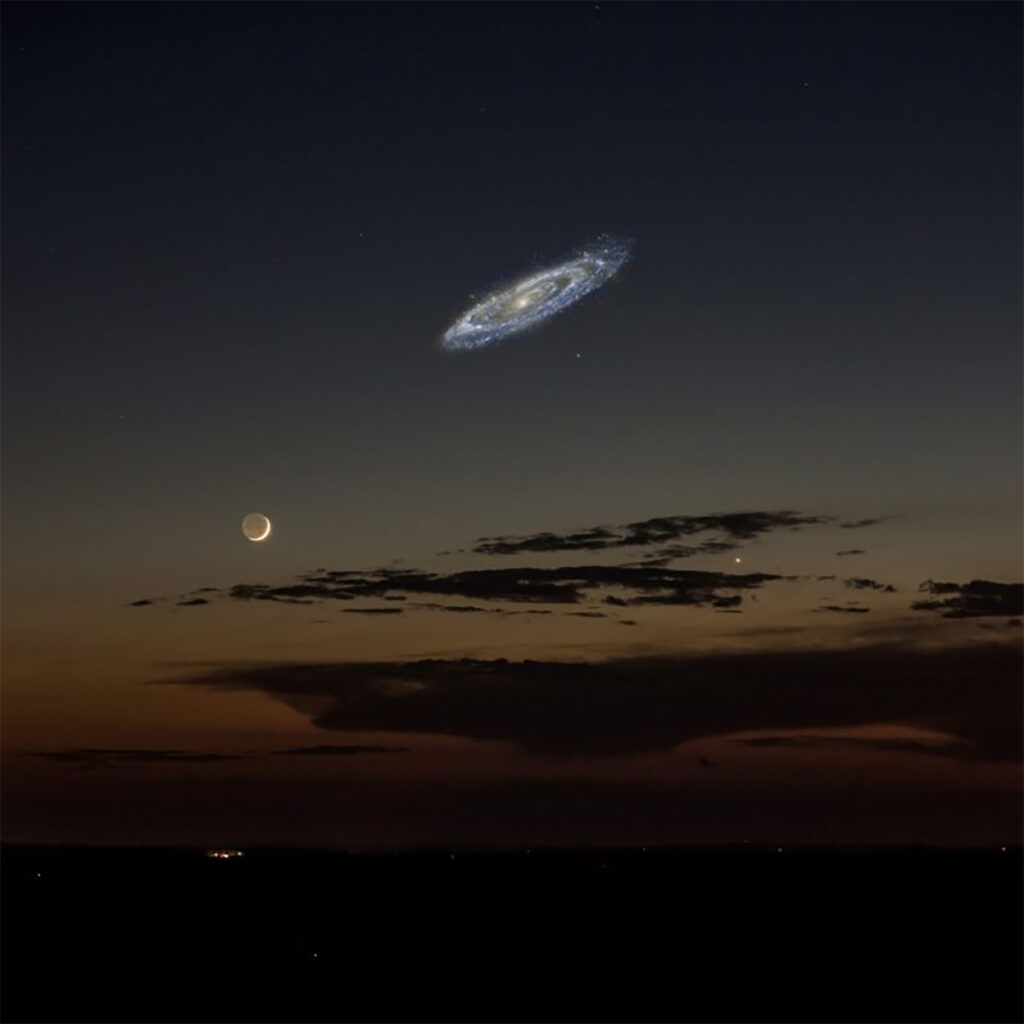The Milky Way and the Andromeda Galaxy are Beginning to Merge
The universe is fascinating and frightening to an ordinary person because there are so many unknowns. Although space exploration continues, there are too many elements to know and learn. Still, it is interesting to know various facts about the heavenly skies, including our galactic neighbor, the Andromeda Galaxy.
Many exciting things are coming out about the Andromeda Galaxy. But the most vital thing that is catching the interest of many astronomers and scientists is the merging of the Milky Way and the Andromeda Galaxy. More importantly, the merger is already starting.
Getting to know the Andromeda Galaxy
Most people know a bit about the Milky Way, our galaxy. In astronomy, though, the Andromeda Galaxy is the second most famous. It is the Earth’s galactic neighbor. In the night sky, it is the easiest to see. However, most astronomers have insufficient knowledge about it.
But, as space exploration continues, astronomers now know more about the Andromeda Galaxy, and people are quite fascinated with it.
The Andromeda Galaxy is part of the Andromeda constellation. This barred spiral galaxy is around 2.48 million light-years from Earth. With a magnitude of 2.4, you can see the Andromeda Galaxy with your naked eyes when the night is clear and dark. No one knows who discovered the Andromeda Galaxy. However, the earliest known record of its observation was in the Book of the Fixed Stars, a 964 CE publication by Abd al-Rahman al-Sufi, a Persian astronomer.
Many astronomers thought that it was a nebula. However, in 1925, Edwin Hubble, an American astronomer, demonstrated that it was a separate galaxy. After that, astronomers became more interested in the Andromeda Galaxy because of its various similarities with the Milky Way. Moreover, it is the farthest object in the universe that you can see with your naked eyes.
With its similarities with the Milky Way, many astronomers consider that it may also support life.

More extensive than the Milky Way
The galaxy is about 10 billion years old. It is about 220,000 light-years in physical dimensions, while the Milky Way’s dimension is 100,000 to 175,000 light-years. Andromeda Galaxy’s collection of stars is about one trillion. Milky Way has between 100 and 400 billion stars. The size is because of Andromeda’s interaction with and absorption of several smaller galaxies.
New studies reveal that the galaxy is transitioning from a spiral galaxy into a ring galaxy.
Possible collision with the Milky Way
The experts’ current thinking is that the Andromeda Galaxy and the Milky Way are on a collision course. They expect the two galaxies to merge and become a new supergalaxy. The predicted collision will occur in about four billion years. The complete merger will happen in another two billion years.
The Earth’s current inhabitants will not be around to see the complete merger of the two galaxies, even if it has begun. The two are light-years apart, but Andromeda is getting closer. It is moving towards the Milky Way at about 70 miles (113 km) per second, and scientists approximate that it will take about five billion years before Andromeda reaches the Milky Way. However, detailed studies using the Hubble Space Telescope and Project AMIGA show that the galactic halos surrounding each galaxy are already touching. It is proof that the two neighboring galaxies are starting to merge.
Both galaxies contain billions or trillions of stars, which are light-years apart. With the possible merger, most stars will be thrown into new orbits but are not likely to collide. However, scientists predict that the two galaxies will form a football-shaped or elliptical galaxy.
